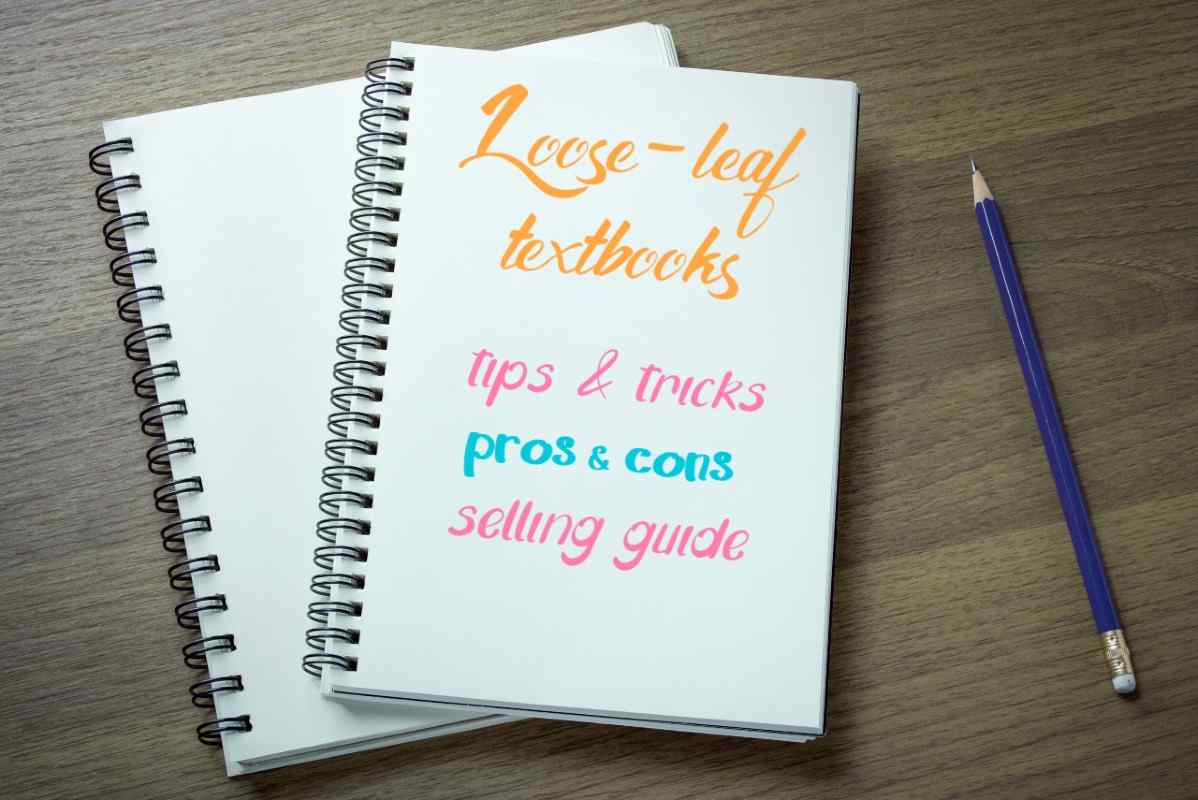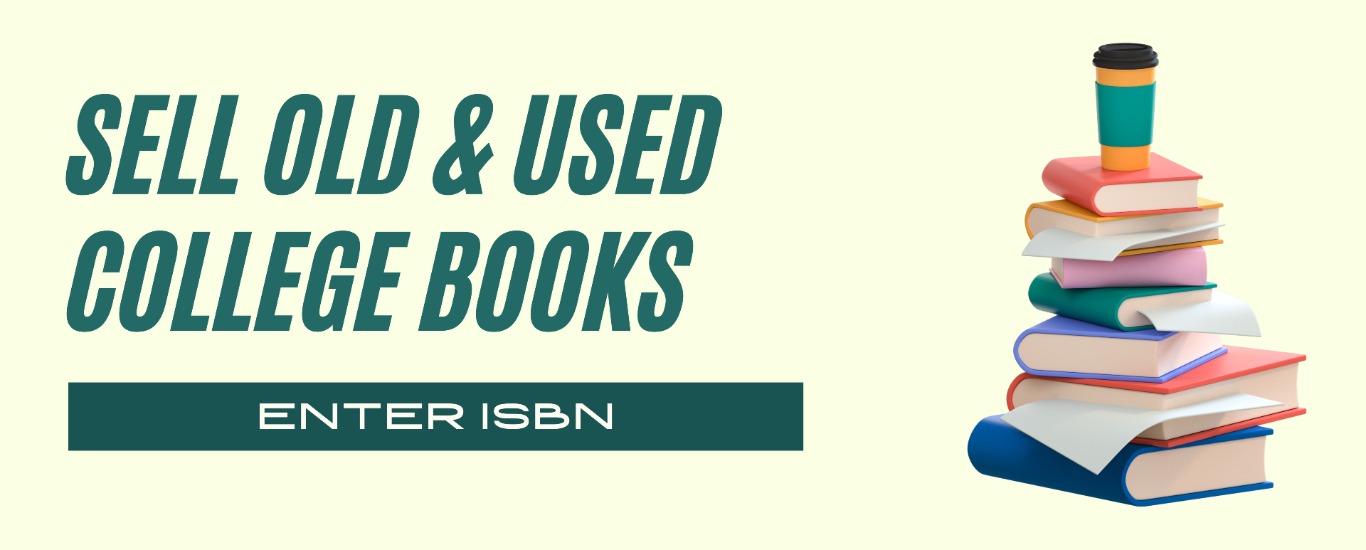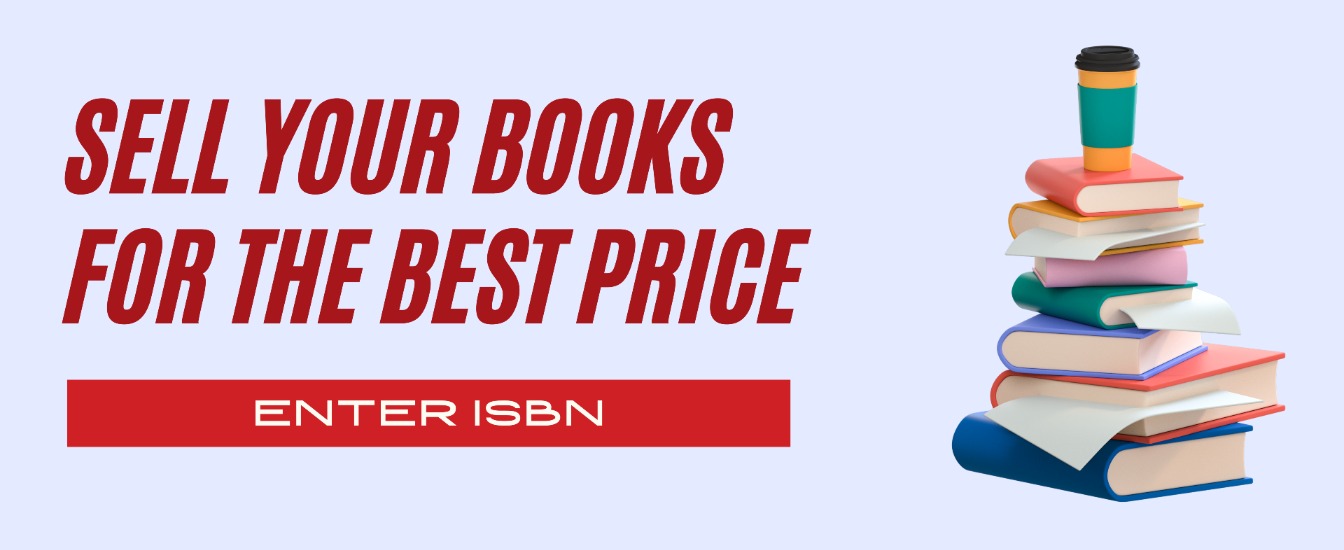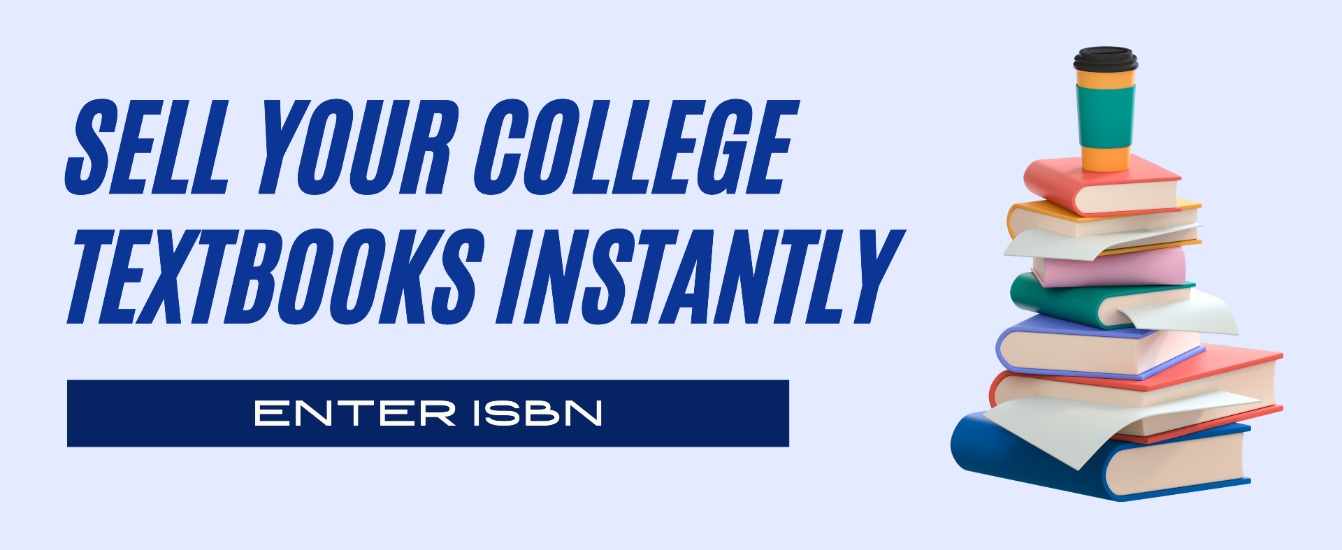When selecting a textbook format, we want you to know everything you can about the book formats. That way, you can have real choices to choose from. You can go with the traditional route with a loose-leaf book, paperback, or hardcover options. You can also take the digital route.
However, in this article, we will cover everything you need to know about a loose-leaf book. That will help you make an informed decision when you either decide to buy or sell a loose-leaf textbook. If you want to know what to do with loose-leaf books, stick around.
Let’s dive right in.
What Is A Loose-Leaf Book?
In simple terms, loose-leaf textbooks do not have binding, unlike paperback and hardcover books. The hardcover and paperback are held together by stitching and glue, but loose-leaf books have holes punched into the pages. That means they can be bound or separated by the book owner.
This particular format comes with unique advantages, especially when comparing them with other editions. However, you need to consider the disadvantages before buying loose-leaf textbooks.
Let’s go through the advantages and disadvantages to add a bit more context of what we mean.
Advantages Of A Loose-Leaf Book
- Cost. If you want to purchase books but want cheaper alternatives, then loose-leaf textbooks are the best option. That is because it requires fewer materials and the process of manufacturing the books is simple compared to other methods.
- Weight. You do not need to carry all the books to lectures with loose-leaf textbooks. It gives you the flexibility to take out the sections or pages required for the class. In other words, you can separate individual sections or chapters from the rest of the book.
Disadvantages
Value. Some loose-leaf textbooks do not come with ISBN. That can be a problem if you plan to sell your books after completing your semester. So if you plan to sell your textbooks and get your money back, loose-leaf textbooks may not be the right choice. It would be best if you considered what to do with loose-leaf textbooks before you buy them for the semester.
Durability. When you compare loose-leaf textbooks to bound paperback or hardcover books, they are not durable. It is easier to cause damage to a loose-leaf book, individual pages, or even lose them. This is particularly true, especially when you take out individual chapters or sections for classes.
Aesthetics. If you plan to keep your textbooks for a long time, loose-leaf books may not be the right option. It would be best to go in for a paperback or hardcover edition with a spine. And they are more visually appealing when they rest on your shelf compared to the loose-leaf textbooks.
However, if you are not much of an aesthetic person and know how to handle a book, it may not be a problem. Ultimately, it is your textbook, and you decide which option makes the most sense. Maybe your priority is to cut down costs on your semester books. You also want to have the ability to take out sections of the book for convenience. If that is you, then loose-leaf textbooks are the best way to go.
Tips For Loose-Leaf Book Binding
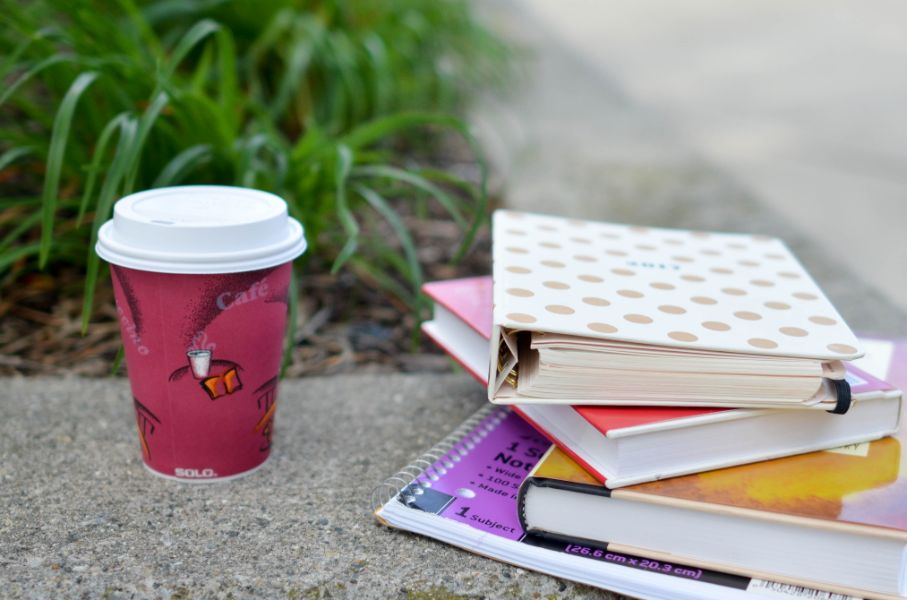
One way to limit the disadvantages discussed above is to learn how to bind loose-leaf textbooks. There are several ways to accomplish this, but each has its pros and cons. Let’s go through them to know what to do with loose-leaf textbooks in terms of binding.
Binder
The three-ring binder is the most typical way to bind loose-leaf books. Binders are not expensive, and they can secure your books from any damage. They can also protect the pages from getting missing. The binders can also help you to remove and replace any sections or pages as you need.
By the way, when choosing the size of the binder for your loose-leaf textbooks, we recommend at least ½ inch for every 250 pages. That means you should purchase a two-inch binder for a 1,000-page book.
Yarn or Thread
Another way to bind your loose-leaf textbooks is to tie them together with yarn or a thread. You do so with the hole punches made. Using the thread or yarn is a cheaper option and allows you to customize the book with colored threads.
However, it does not give you the same protection level as the binder. Also, you cannot remove and replace the pages easily. You need to take your time to remove and replace, which might not be convenient.
Screw Posts
If you want a more robust option, screw posts may be the best option for you. Using the screw posts creates a more durable and sustainable binding of the loose-leaf textbooks. It is much better than using thread or yarn since it provides a more accurate fit.
Furthermore, there are multiple colors you can choose from. And it is easier to remove and replace any section or pages of the book. If you do not want any inconvenience, such as the thread or yarn, you should opt for the screw posts.
How To Sell A Loose-Leaf Textbook
There is an important point you need to note down. Loose-leaf textbooks usually have less value compared to paperback or hardcover books. And that is why most on-campus bookstores refuse to repurchase them.
However, if you can keep it in good condition, you can still sell the loose-leaf textbooks online. Here is how to proceed with it:
- Grab your loose-leaf textbooks and visit our website.
- Search for the ISBN on your textbook. You will often find it on the copyright page, title page, or on top of the barcode. It is vital to ensure that you enter the ISBN for the loose-leaf edition to get an accurate quote of the book. There should be a label such as “A la Carte,” “Binder Ready,” or “Loose-Leaf” preceding the ISBN to distinguish the edition.
- Enter the ISBN and view your quote. If the number you entered is correct, the book’s title on our website should include the label “A la Carte,” “Binder Ready,” or “Loose-Leaf” in the quote preview.
- You have to review our terms and conditions to make sure your loose-leaf textbooks adhere to our requirements for the buyback.
Conclusion
If you didn’t know what to do with loose-leaf textbooks, we hope this article has given you a broader perspective. You have options to choose from now. Selling loose-leaf textbooks is a better way to decrease your cost further and prepare for the books next semester.
If your loose-leaf book does not have any value for resale, you can always trade, donate, or recycle them. There are better ways to put your textbooks to good use. But before you deem your books as not valuable, contact us and let us determine that for you. We can sell textbooks for you without any stress.
However, make sure that your books are always in good condition or better. That means each page is all intact. Your book is not in good condition if any of the following conditions apply:
- Torn or missing pages
- Water damage
- Stains
- Damaged binding
- Excessive highlighting or writing.
List your loose-leaf textbook for sale on our website! We can help you get great value for your book. And we make sure that you get your money.
